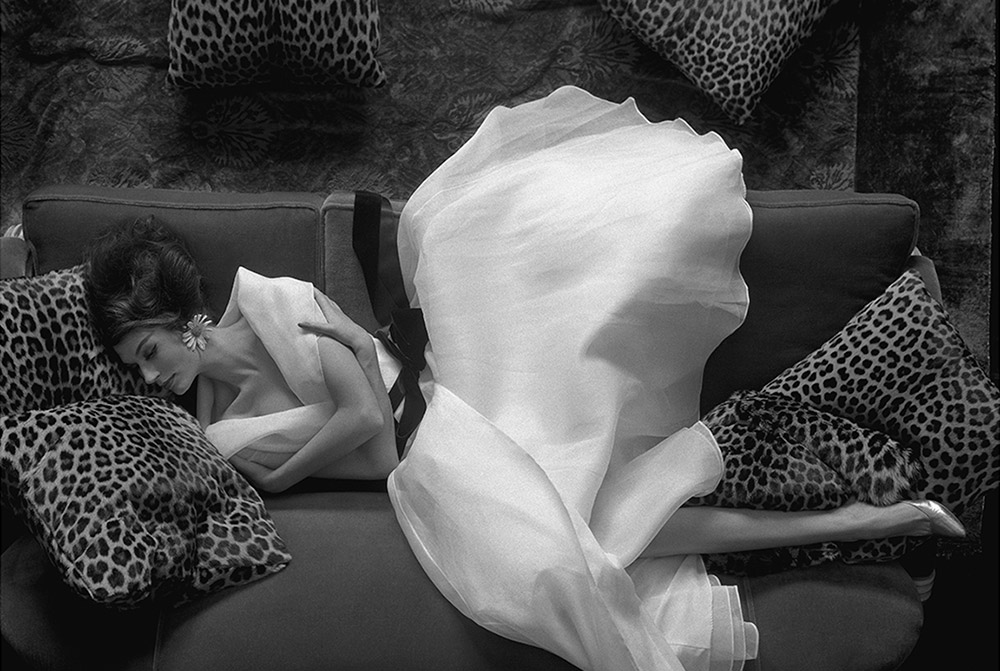
My son Bing came by this weekend and looked up on the wall in the den where I place newly printed photos to view and live with; to determine the final refinement of the image. Bing turned to me and said; “Wow that print looks three dimensional. What paper did you use, l smiled and said touch the print … try to scratch it” Which is a never, without gloves.
I went up to the print dipped my hand into my drink and ran my wet hand across the print. Wiped it dry with a towel; brand new.
“It’s a Dye Sublimation print on aluminum. And explained the process.
I am very impressed with the prints, although many of the galleries that represent me seem only interested in the old classics. Silver … platinum and archival pigment prints.
Ten years ago museums and galleries would not accept Archival pigment prints.
Sublimation onto metal is a new, cutting edge, way to reproduce an image. Sublimation itself is the process of going from a solid to a gas, back to a solid – skipping the liquid state. The image is first printed onto a transfer paper and then is adhered to pretreated aluminum (other substrates such as tile, wood, or glass are also available). The aluminum and transfer paper are placed into a custom heat press, which is heated to temperatures exceeding 380 degrees Fahrenheit. While being subjected to extreme heat and pressure, the dyes from the transfer paper turn into a gas, are pressed into the surface of the metal, and then solidify into the treated aluminum. As the dyes cool they are permanently infused beneath the surface of the metal substrate.
